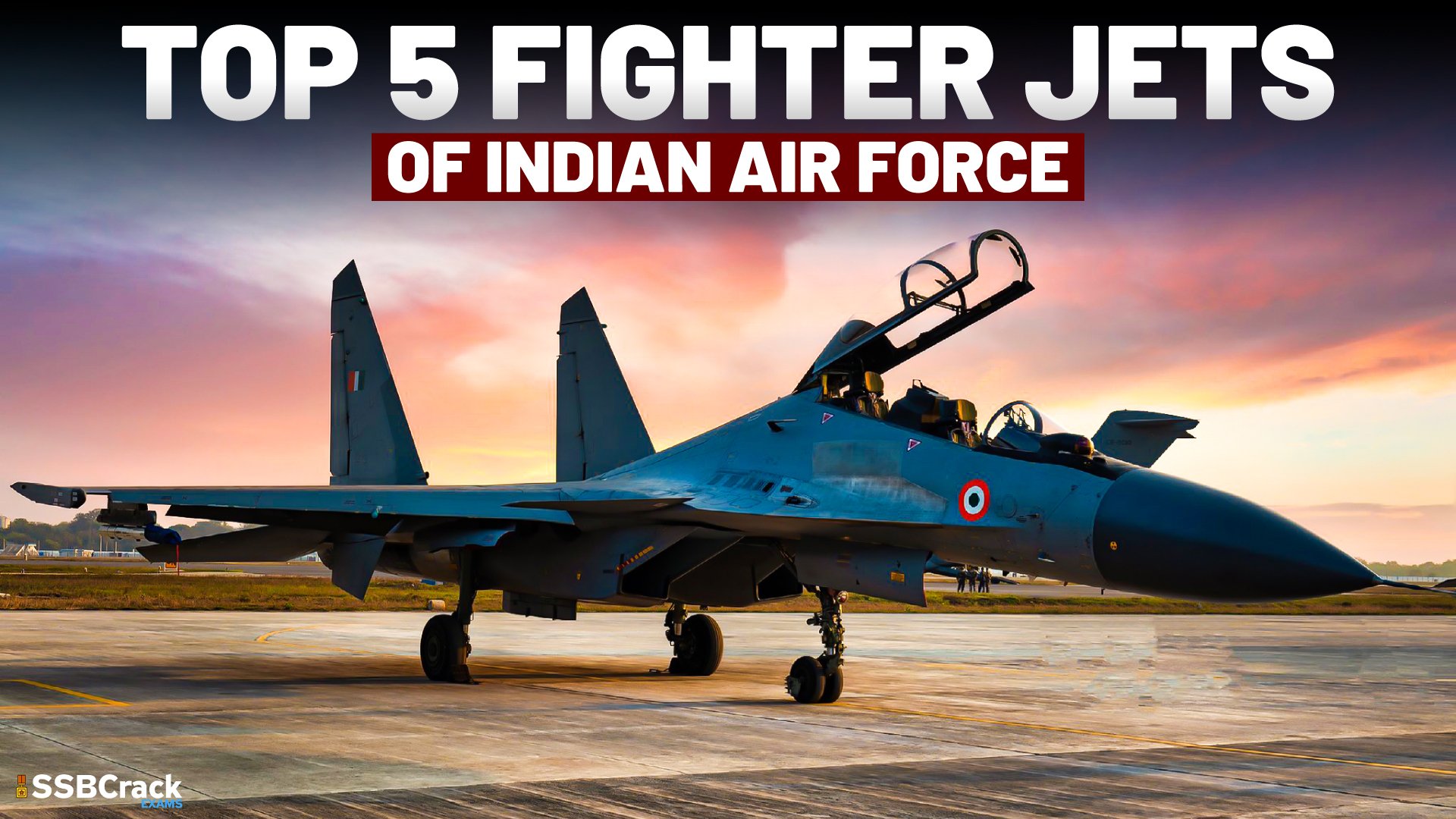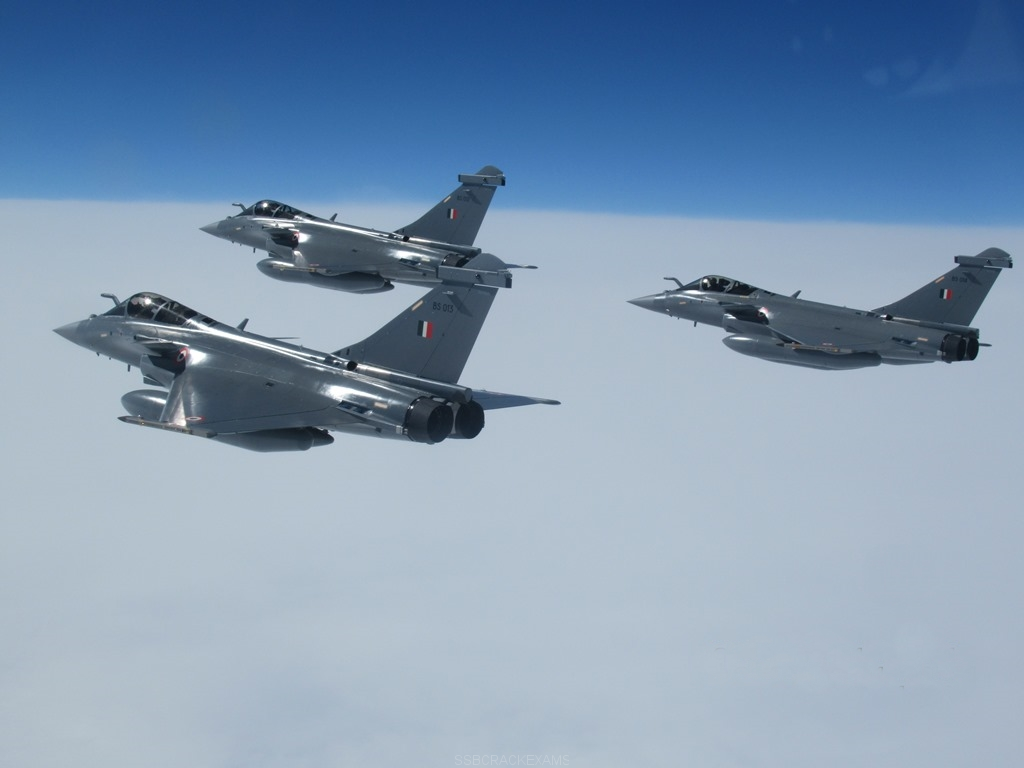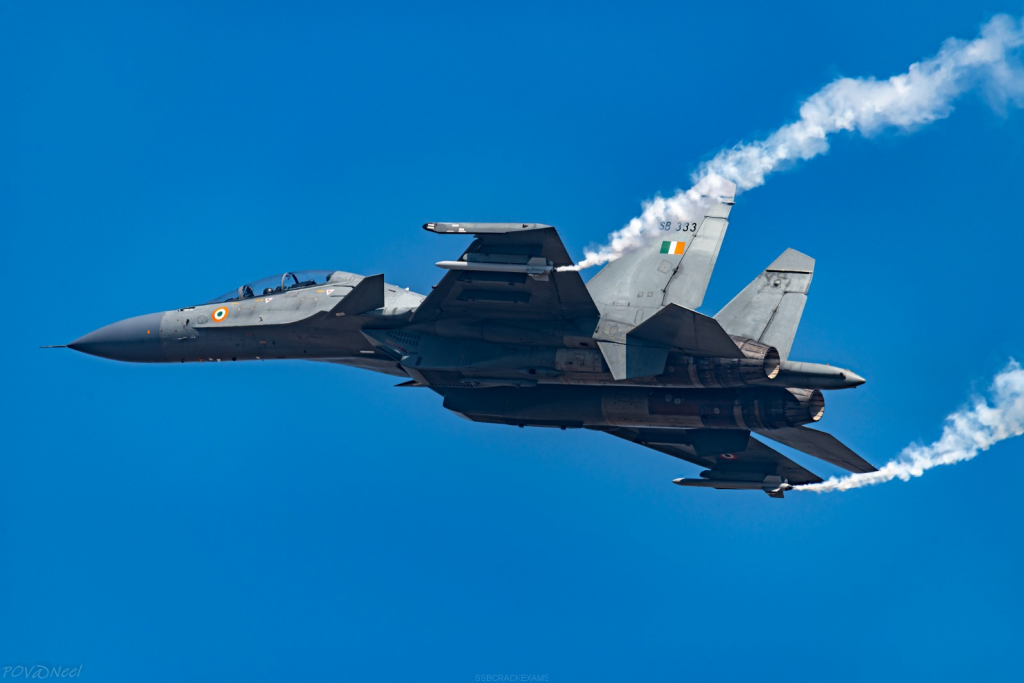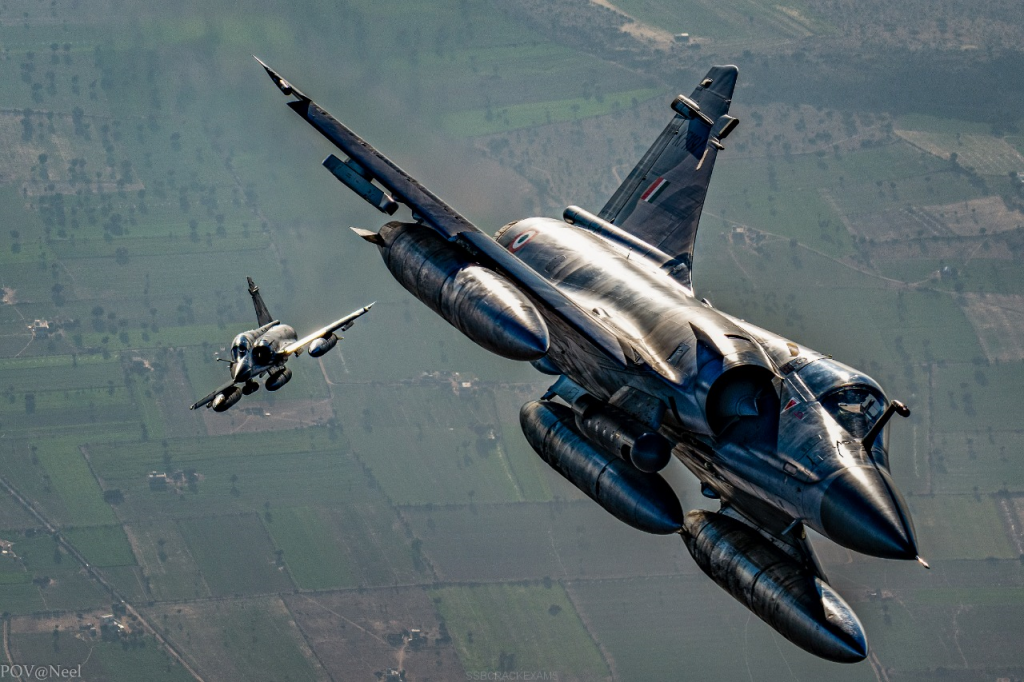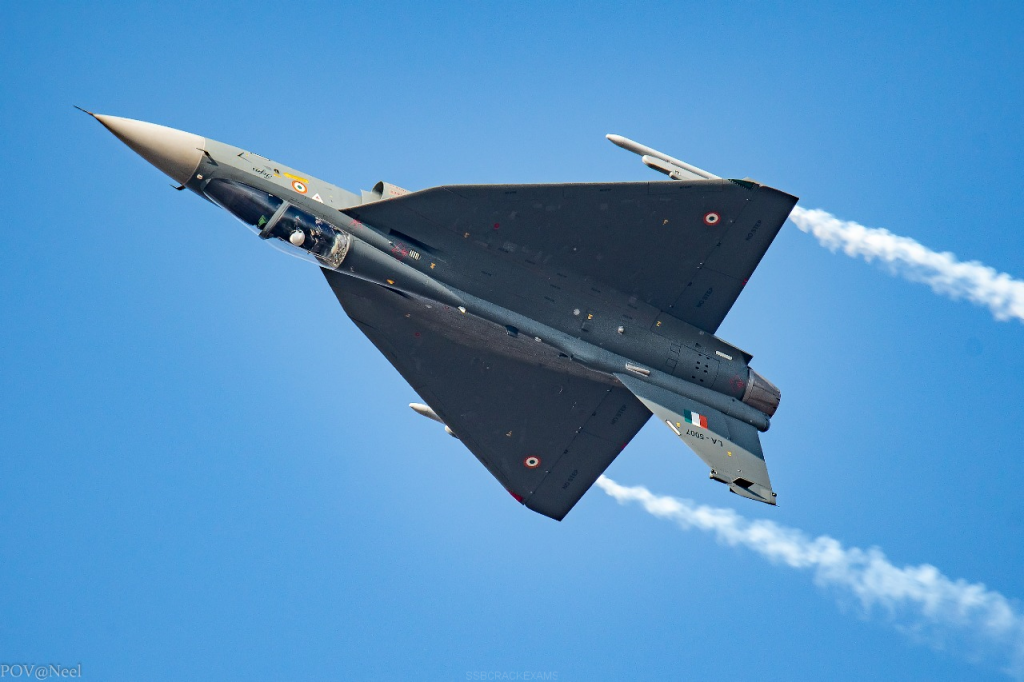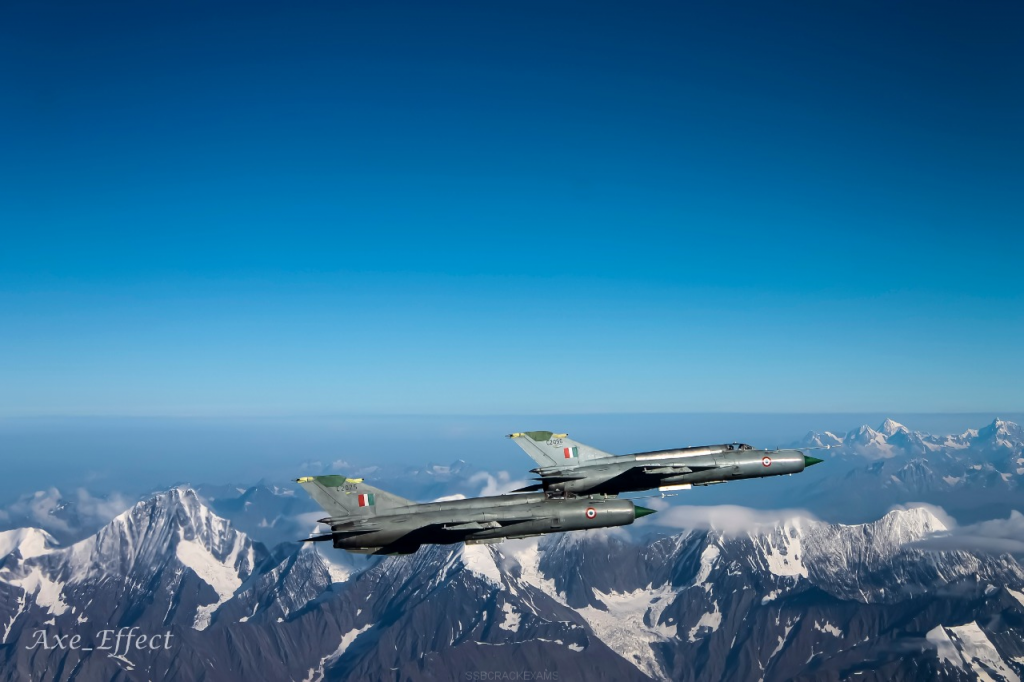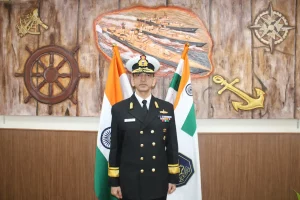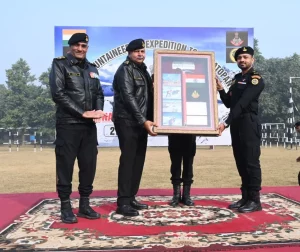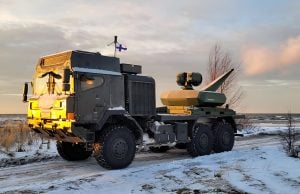Indian Air Force is a formidable fighting unit whose fighting capabilities need no introduction. The force is strengthened by a number of fighter jets that are all ready for combat in every possible condition. Fighter jets are planes that are meant to protect vital airspace by killing enemy planes in combat.
The opponent may include fighters with similar capabilities or bombers with defensive armament. In order to outfly and outmaneuver opponent aircraft, fighters must be capable of delivering the maximum potential performance. They must, above all, be equipped with sophisticated armaments capable of striking and destroying hostile aircraft. We present to you the top 5 fighter jets of the Indian Air Force.
Also Read: 4 Ways To Become Fighter Pilot In Indian Air Force
RAFALE
The Rafale is a twin-jet combat aircraft from Dassault Aviation that can perform a variety of short and long-range missions. It may be used for ground and maritime attacks, reconnaissance, high-precision strikes, and nuclear strike deterrence. The fourth-generation aircraft, which has a Delta wing and twin-generation engines, is also capable of carrying out nuclear attacks and has semi-stealth capabilities. The Beyond Visual Range Air-to-Air Missile is Rafale’s most remarkable feature. This device has a range of around 150 kilometers. Rafale can thus launch a missile attack from within the Indian border 150 kilometers into Chinese or Pakistani territory.
Rafale fighters of the French Air Force and Navy performed several combat missions in Afghanistan from 2006 to 2011, exhibiting extraordinary proficiency and military worth. The AASM/HAMMER precision-guided modular air-to-surface missiles, PAVEWAY laser-guided bombs, and the 30 mm cannon were deployed in multiple cases, resulting in astonishingly precise direct strikes. In 2011, French Air Force and Navy Rafale planes effectively engaged in coalition operations over Libya. They were the first fighters to fly over Benghazi and Tripoli, and they were responsible for air superiority, precision strikes with HAMMERS and laser-guided bombs, deep strikes with SCALP cruise missiles, intelligence, surveillance, tactical acquisition and reconnaissance, and strike coordination and reconnaissance. Hundreds of targets, including tanks, armored vehicles, artillery emplacements, storage dumps, command centers, and air-defense systems, were hit with lethal accuracy by Rafale aircrews throughout the Libyan conflict.
SUKHOI SU-30 MKI
The Sukhoi Su-30MKI is a multi-role combat fighter aircraft built for the Indian Air Force by the Sukhoi Design Bureau and Hindustan Aeronautics Limited (HAL) (IAF). Su-30MKI is based on the Su-30 fighter aircraft and has thrust vectoring control and canards. The Su-30MKI was first developed for the IAF in 1995. Sukhoi and the Irkutsk Aircraft Manufacturing Association (now known as Irkut Corporation) were initially in charge of the aircraft’s development and production.
Between 1995 and 1998, Sukhoi constructed two Su-30MKI prototypes. The Su-30I-1, the first prototype, flew for the first time in July 1997. In the year 2000, the Irkutsk facility commenced production. In November 2000, the first pre-production plane flew for the first time. In October 2000, India and Russia signed a Memorandum of Understanding (MoU) to begin the license manufacture of Su-30MKIs at HAL’s factory. At the IAF’s Thanjavur airfield in southern India, a new squadron known as the 222 Squadron (Tigersharks) was formed. The new squadron’s fighter planes can carry BrahMos supersonic cruise missiles. India has successfully overhauled the Sukhoi-30 MKI fighter plane on its own. In October 2018, the IAF acquired the first Su-30MKI that had been upgraded locally.
MIRAGE-2000
Dassault Aviation’s Mirage 2000 is a multi-role combat fighter that was developed in France. Since 1984, it has served with the French Air Force and has been chosen by Abu Dhabi, Egypt, Greece, India, Peru, Qatar, Taiwan, and the United Arab Emirates. The Mirage 2000 can rise at a speed of 285 meters per second. The aircraft’s maximum and approach speeds are 2,530 km/h and 259 km/h, respectively, and the ferry’s range is 3,335 km. The range and service ceiling are respectively 1,550km and 17,060m.
In July 2011, a deal for the modernization of the Indian Mirage 2000 fleet was signed. In October 2013, the first updated Mirage 2000 combat fighter took to the skies for the first time. The Mirage 2000’s lifespan was expected to be extended by 20 to 25 years as a result of the modernization. Dassault and Thales upgraded the aircraft’s onboard equipment and systems to meet Mirage 2000-5 specifications. In March 2015, the IAF received the first two modified fighter planes, named Mirage 2000 I/TI. In November 2015, the supplied aircraft acquired initial operating capability, and the IAF adopted its final operational configuration (FOC) design in July 2016.
TEJAS
In July 2016, the Indian Air Force (IAF) received the Tejas single-seat, single-engine, lightweight, high-agility supersonic fighter aircraft. Tejas had flown 4,599 test flights up to Mach 1.4 as of December 2019. The Aeronautical Development Agency (ADA) of the Indian Department of Defence was in charge of the aircraft’s design and development, with Hindustan Aeronautics Limited (HAL) serving as the primary industrial contractor. In January 2020, a Tejas naval prototype successfully completed a flight test on the INS Vikramaditya, the Indian Navy’s aircraft carrier. In May 2020, the IAF received the first Tejas Mk1 in the final operational clearance (FOC) configuration.
Air-to-air, air-to-ground, and anti-ship missiles, as well as precision-guided munitions, rockets, and bombs, may be carried by aircraft. On the hardpoints, electronic warfare, targeting, surveillance, reconnaissance, or training pods can be carried. Drop tanks are also transportable. The R-73 air-to-air missile was successfully test-fired by the aircraft in October 2007. The Vympel R-73 missile (NATO code name AA-11 Archer) is a short-range all-aspect missile with cooled infrared homing. It can intercept targets at heights ranging from 0.02km to 20km, with a g-load of up to 12g and speeds of up to 2,500km/h.
MiG-21
The MiG-21, the most commonly produced supersonic jet fighter of all time, is an exceptionally productive aircraft. It has allowed expert pilots to overcome more sophisticated aircraft in the past decades, despite its age and nimbleness. However, as the bulk of air forces upgrade to modern fighters, its days are limited.
The MiG 21 is one of the most well-known fighter planes on the planet. It was the first supersonic jet aircraft in aviation history. The MiG 21 has served 60 nations over 60 years and is still in use in numerous countries, including India. The IAF chose the Mikoyan-Gurevich Design Bureau’s MiG 21 in 1961 and has since purchased over 250 estimated units of this very capable jet. While the MiG21 Bison played a key part in the 1971 India-Pakistan War, they are now only deployed as interceptors with a limited role as fighter planes, and the Indian Air Force will shortly replace the surviving MiG21 Bison units with the Tejas LCA. With a maximum speed of 1.05 Mach, the MiG 21 featured a single-seat cockpit (1300 kmph).
Conclusion
With some cutting-edge new inductions, the IAF is steadfastly modernizing itself. Much would rely on how the different acquisition options (domestic effort, outright export, or through ‘Make in India’ programs) pan out for the IAF to quickly build-up to the authorized 42 squadrons to cater to a two-front situation (China and Pakistan). But till these plans work out, our fighter jets remain ever ready to protect our skies from any kind of threat.
Also Read:
- 4 Ways To Become Fighter Pilot In Indian Air Force
- 4 Ways To Join Indian Air Force
- Why Indian Air Force Planes Are GREY?
- Everything You Need To Know About Rafale Fighter Jet
- Everything You Need To Know About LCA Tejas
- All You Need To Know About Indian Air Force Fighter Aircraft
- All Aircrafts Of Indian Air Force [UPDATED LIST]
- All Fighter Aircraft Of India – How To Identify Them
- All Fighter Jet Acquisitions By The IAF
